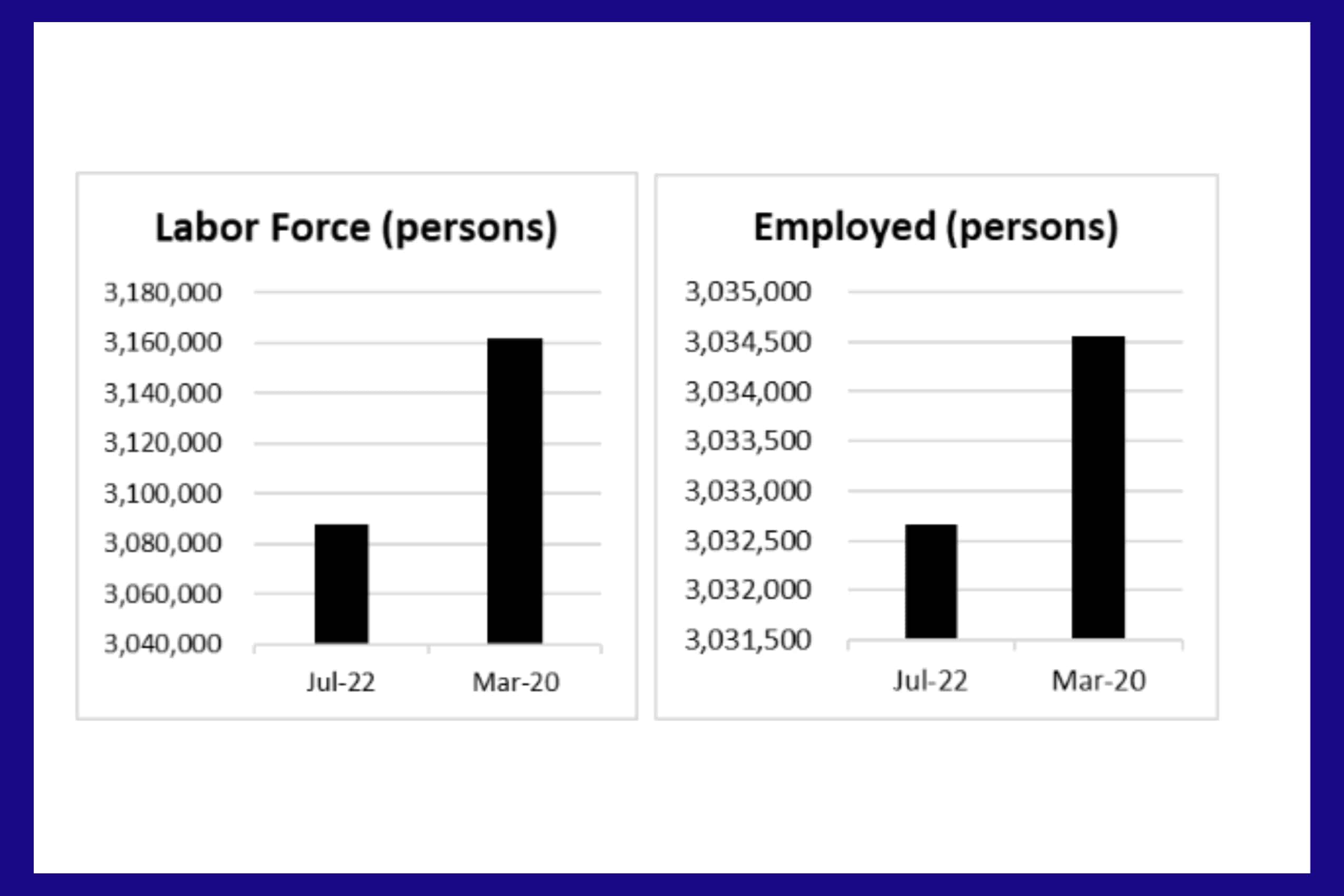One of the most puzzling phenomena to arise from the ashes of the pandemic is a seemingly paradoxical labor market. In Minnesota, the unemployment rate currently sits at an all-time record low, but “Help Wanted” signs adorn storefronts across the state and business owners routinely decry the lack of available candidates to fill empty positions. How can these two contradictory realities coexist?
To answer this question, we must dig deeper into the numbers underlying the health of the labor market. The manner in which these statistics are frequently presented by pundits and politicians withholds key information that is necessary to grasp the whole context of the situation facing the marketplace. With a well-defined understanding of the context of the problem, it is possible to identify the source of these contradictions.
When analyzing the state of the labor market, the unemployment rate is often presented as the sole barometer; however, we also have to look at the size of the entire labor force to fully understand what the unemployment rate is actually saying. The number of people in the labor force is the denominator in the equation for the unemployment rate, so changes in its magnitude can substantially affect the unemployment number, even if the number of unemployed people (the numerator) remains constant.
The size of Minnesota’s labor force decreased by approximately 73,500 people between March of 2020 and July 2022, while the number of unemployed persons decreased by roughly 71,600 over that same period. The combination of these changes pushed the unemployment rate from 4.0% down to 1.8%; however, these changes also effectively cancel each other out, leaving only a paltry net increase of 1,900 employed people during this time despite the impressive nominal decrease in the overall unemployment rate.

Meanwhile, the Minnesota economy is recovering and has grown beyond where it was in March of 2020. But with economic growth, you also need a labor force large enough to meet the needs of all that new activity, and with less than 2,000 more people employed since before the pandemic, there are simply not enough candidates for businesses to fill their empty positions.
In the fourth quarter of 2021 alone, there were roughly 214,000 job vacancies in Minnesota. So, instead of basking in positive headlines regarding low unemployment, the state government should be exploring ways to encourage some of those who have left the labor force to return and examine potential policy avenues to make Minnesota a more attractive destination for working-age Americans.


















